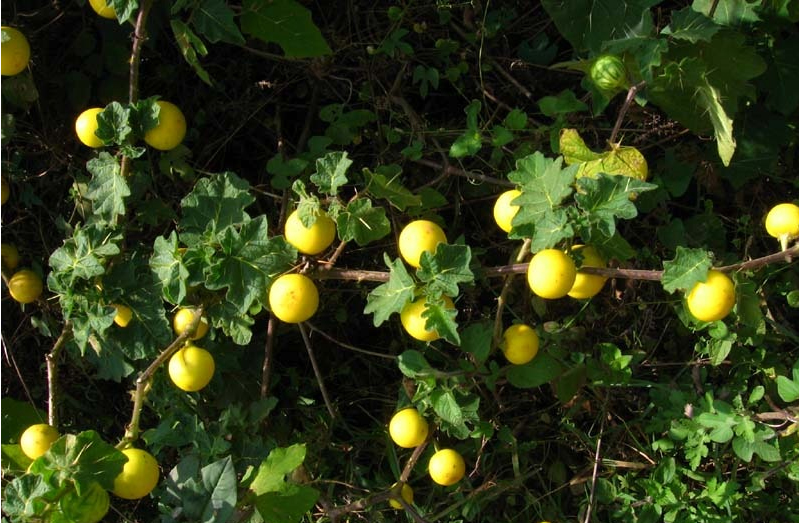
Here’s an interesting headline for you: nightshade flower as effective a mast cell stabiliser as commonly prescribed sodium cromoglycate. This definitely brought a smile to my face, given that most of us in the allergic world only have to hear the word nightshade to run a mile in the opposite direction. It also confirmed that some foods we’re told are bad for histamine related conditions, may have benefits that far outweigh the modest amount of histamine they release. Unless you’re allergic to them!
AS EFFECTIVE AS COMMONLY PRESCRIBED MAST CELL STABILISER/ANTIHISTAMINE
The (Solanum xanthocarpum) extract was found to possess significant antihistaminic action in histamine-induced bronchocontraction in guinea pigs. This may be suggestive of direct blockage of histamine receptor by ESX. The mast cell degranulation induced by compound 48:80 was significantly reduced by ESX. The effect was comparable to the reference standard Sodium cromoglycate. ESX also showed potent anti-inflammatory activity on both acute and chronic models of inflammation. These results suggest that ESX inhibits release of inflammatory mediators from mast cells which may be one of the mechanisms for its anti-inflammatory activity. The toxicity studies report safety usage of the plant extract. The present study for the first time reveals antihistaminic, anti-inflammatory and mast cell stabilizing potentials of S. Xanthocarpum. The plant may be useful in asthma and other inflammatory disease. Read the full study here.
POTENT ANTIANAPHYLACTIC AND ANTIASTHMATIC
The results obtained indicate that the fraction possesses antihistaminic and antianaphylactic properties, which may account for its use as an antiasthmatic in traditional medicine. Read the full study here.
My own diagnosis, histamine intolerance/histaminosis, means that I’ve been prescribed a number of pharmaceutical antihistamines. Now, not one doc has had a plausible explanation for the fact that they make me feel like crap, and that my body, left alone, is much more adept at handling histamine than anything they can push on me. And not one has thought me simple for asking whether I could be reacting to the meds (or fillers) themselves.
Nowadays I’m having a harder time explaining (to people) my take on why some higher histamine foods make me feel better. Aside from the fact that histamine is required to run our body, these foods have nutrition my body craves, and antihistaminic/anti-inflammatory properties my body definitely needs. These attributes, at least for me, seem to outweigh the mild reaction. I don’t eat them every day, but including has made a huge difference in my quality of life.
Interestingly, this plant is commonly used in traditional Indian ayurvedic medicine – a practice that’s been around for thousands of years. I have yet to figure out why ayurveda is so hip to histamine, but you can bet I’m gonna find out.
In the meantime, food for thought. And here’s some more: the low histamine ‘On the Go‘ cookbook is now available for download. Here’s a little blurb about it:
Do you spend hours roaming the supermarket in search of a quick meal? Are you bored with eating the same five foods over and over? Would you like to whip up nutritious, low histamine recipes in 20 minutes (or less)? Then this book is for you!
The Low Histamine ‘On the Go’ Cookbook takes you on a whirlwind (low histamine) tour of Vietnam, Lebanon, Italy and India, via the good ol’ US of A. Eating healthy’s NEVER tasted so good, or this easy.













